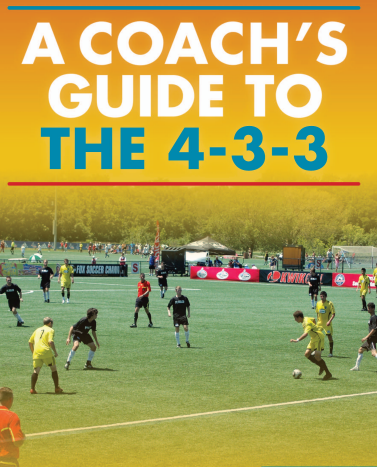A Coach’s Guide to the 4-3-3 PDF
A Tactical Overview of the System Including Training Sessions, Variations and Functional Exercises.
The Brazilian National Team under Aymoré Moreira in 1962 was one of the first top tier teams to use the 4-3-3 formation.
It was a variation from the 4-2-4 previously employed by the Brazilians.
Subsequently other great teams have made this configuration famous. Most know the 4-3-3 formation was utilized by the fathers of the modern soccer era:
the members of the Holland National Team at the 1974 and 1978 World Cups. The 4-3-3 was also utilized by Dutch club teams during the European Cups throughout the 1970s.
At the 1978 World Cup, the winning champions of Argentina were lined up in a 4-3-3 formation by Coach Luis Cesar Playersotti. His aggressive 4-3-3 style was modelled after the Dutch 4-3-3 configuration.
He employed Mario Kempes up top with Americo Gallego as the holding midfielder in front of the back four.
Johan Cruyff was insistent on using a 4-3-3 formation, pointing out that a triangle will beat a line. Cruyff’s style is based on the creation of triangles.
The biggest factor in 2000s soccer has been the switch from a 4-4- 2 formation to configurations with a lone forward.
Both the 4-2-3- 1 and 4-3-3 formations focus on three central midfielders and have become the most utilized patterns in the modern era.
The increased utilization of 4-3-3 formations is due to the difficulty in finding a defensive solution against the 4-3-3.
Playing a 4-3-3 formation against a 4-4-2 formation gives you the advantage of having an extra man in the middle and allows your team to more easily dominate possession against a team playing with just two central midfielders.


Post a Comment